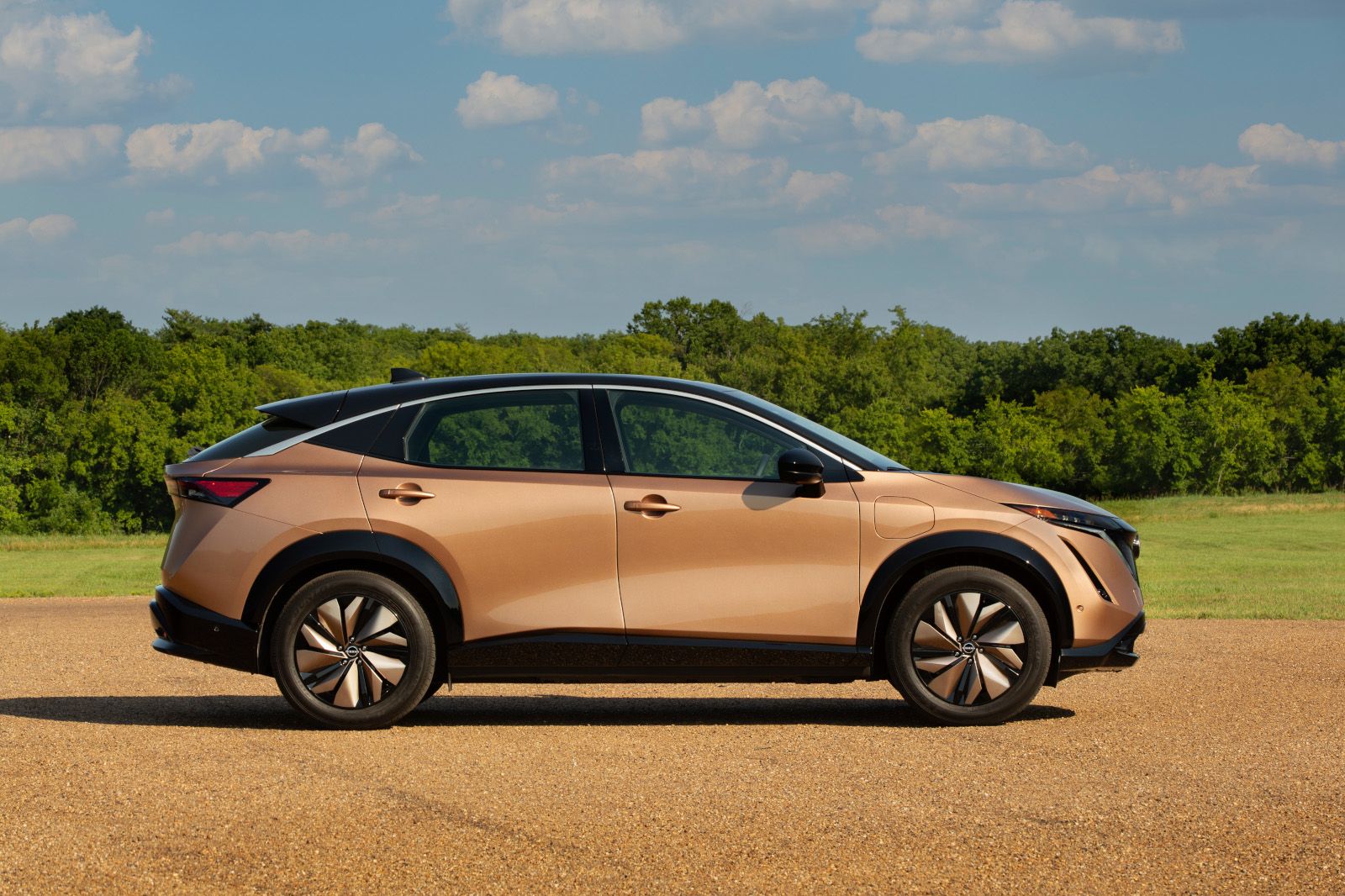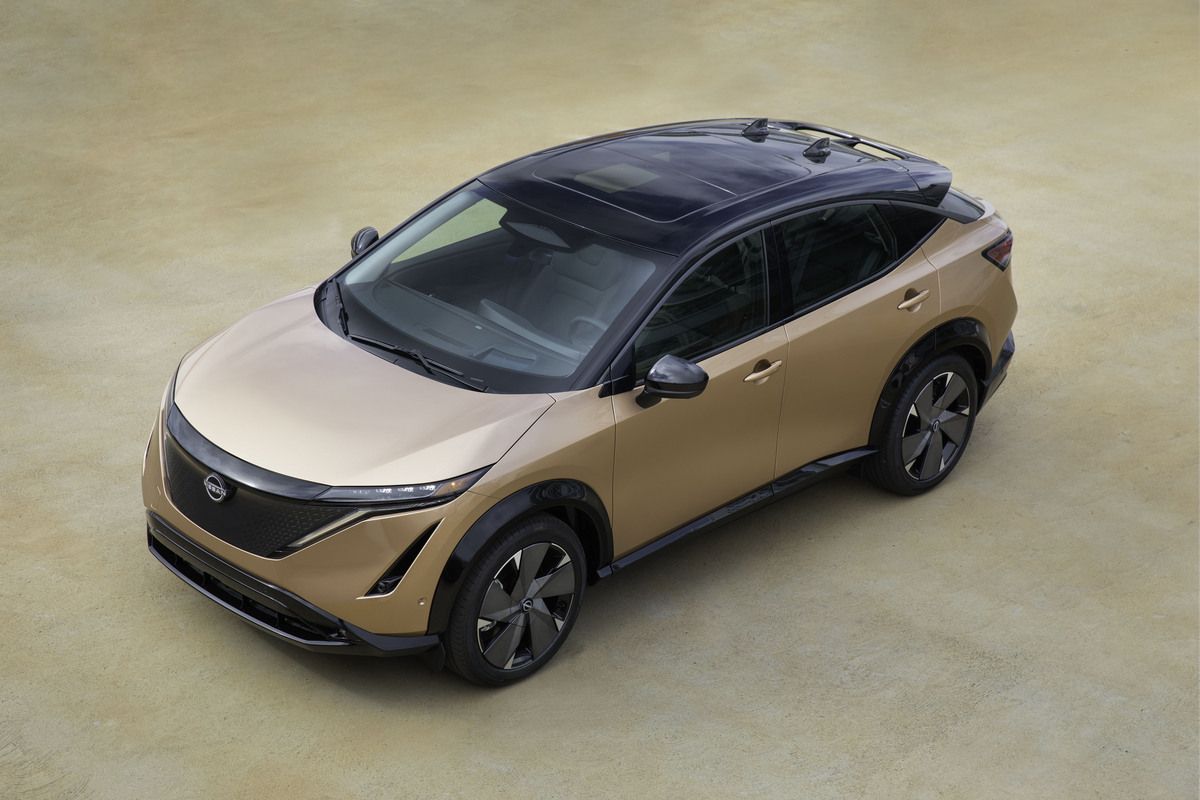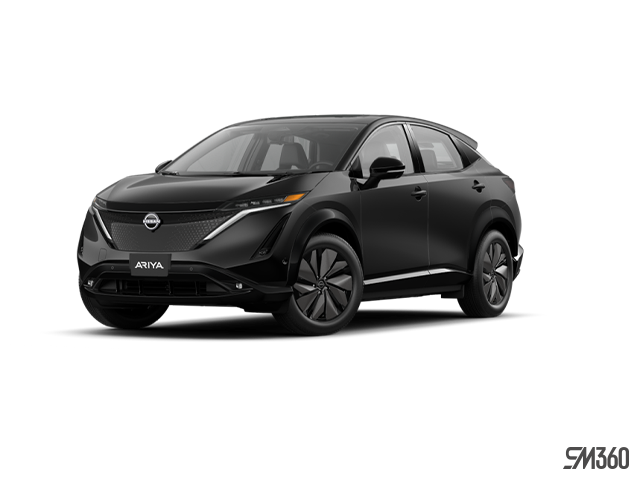All-wheel drive systems vary significantly in their operation, response time, and capabilities. Traditional mechanical AWD uses transfer cases, differentials, and driveshafts to distribute power between wheels. The Nissan ARIYA takes a completely different approach with its e-4ORCE system, using dual electric motors to provide instant, precise control that mechanical systems cannot match.
Understanding these differences helps Ontario drivers appreciate why the ARIYA's e-4ORCE system earned recognition on Ward's 10 Best Engines & Propulsion Systems list for 2023. The technology addresses specific challenges faced during Canadian driving conditions, from sudden weather changes to varying road surfaces throughout the province.
At a Glance: e-4ORCE vs. Traditional AWD
|
Feature
|
Traditional AWD
|
ARIYA e-4ORCE
|
|
Power Source
|
Single engine splits power
|
Independent front and rear motors
|
|
Response Time
|
Mechanical lag (milliseconds)
|
Instant (1/10,000th second)
|
|
Torque Distribution
|
Fixed ratios or limited variation
|
Infinitely variable, real-time
|
|
Energy Efficiency
|
Power lost through drivetrain
|
Direct motor control, minimal losses
|
|
Maintenance
|
Multiple moving parts
|
Fewer mechanical components
|
|
Winter Performance
|
Good with proper tires
|
Precise control with instant response
|
- Instant Torque Response vs. Mechanical Delays
Traditional AWD systems require time for power transfer between wheels. When sensors detect wheel slip, mechanical components must engage through transfer cases and differentials. This process, while fast, still involves measurable delay that can allow wheel spin to begin before correction occurs.
The ARIYA's e-4ORCE system eliminates this delay entirely. Independent electric motors at front and rear axles respond in 1/10,000th of a second—faster than wheel slip can develop. This instantaneous response prevents loss of traction rather than reacting after it occurs.
During Ontario's winter conditions, this difference becomes noticeable. Traditional systems might allow momentary wheel spin on ice before engaging, while e-4ORCE maintains continuous traction control. The system predicts rather than reacts to changing conditions.
The precision extends beyond emergency situations. During normal driving, e-4ORCE continuously adjusts power distribution based on road conditions, steering input, and throttle position. This constant optimization provides smoother, more controlled acceleration in all conditions.
- Independent Motor Control vs. Shared Power Source
Mechanical AWD systems split power from a single engine between front and rear wheels through complex drivetrain components. This sharing arrangement limits flexibility in power distribution and creates energy losses through friction in multiple mechanical connections.
The ARIYA uses completely independent motors for front and rear axles. Each motor operates autonomously, allowing precise control of power, torque direction, and regenerative braking at each end of the vehicle. This independence enables capabilities impossible with mechanical systems.
For example, during cornering, e-4ORCE can apply different torque levels to front and rear motors to reduce understeer or oversteer. The rear motor can even reverse direction to help rotate the vehicle through tight corners—something no mechanical system can achieve.
Regenerative braking benefits from this independence as well. Each motor can recover energy at different rates depending on wheel load and traction conditions. Traditional AWD vehicles typically use conventional brakes at all wheels, converting motion to heat rather than recoverable energy.
The dual-motor setup also provides redundancy unavailable in mechanical systems. If one motor experiences issues, the other can continue operation, though with reduced capability. Traditional AWD systems with single-engine failures lose all power delivery.
- Infinitely Variable Distribution vs. Fixed Ratios

Most traditional AWD systems operate with predetermined torque split ratios—typically 60/40 front/rear or similar fixed arrangements. Some advanced systems offer limited variability, but within constrained ranges determined by mechanical limitations.
The ARIYA's e-4ORCE system provides truly variable torque distribution from 100% front-wheel drive to 100% rear-wheel drive, with every ratio in between available instantly. This flexibility adapts to changing conditions continuously without driver input or system cycling.
During highway cruising on dry pavement, the system may operate primarily in front-wheel drive mode for optimal efficiency. When accelerating from a stop, power shifts rearward for improved traction. Entering a corner, distribution adjusts based on steering angle and speed to optimize handling balance.
This variability extends to individual wheel control as well. While traditional systems distribute power between axles, e-4ORCE can vary power delivery to individual wheels through selective braking and motor control. This capability provides vehicle stability control that surpasses mechanical differential systems.
Snow and ice conditions showcase this advantage clearly. Rather than locking differentials or engaging fixed 50/50 splits, e-4ORCE adjusts distribution continuously based on real-time traction conditions at each wheel contact patch.
Efficiency and Performance Advantages
Electric motor efficiency surpasses internal combustion engines significantly. Traditional AWD systems lose additional energy through mechanical drivetrain components—transfer cases, differentials, and multiple driveshafts all consume power through friction.
The ARIYA's direct motor drive eliminates these parasitic losses while providing superior performance. Electric motors produce peak torque immediately from zero rpm, unlike gasoline engines that require higher speeds to develop maximum output.
This immediate torque availability, combined with precise e-4ORCE control, provides confident acceleration in all conditions. Traditional AWD systems require engine speed increases and mechanical engagement before maximum capability becomes available.
Energy recovery through regenerative braking adds another efficiency advantage. Traditional AWD vehicles convert braking energy to waste heat, while the ARIYA recovers this energy to extend driving range.
Real-World Benefits for Ontario Drivers
The e-4ORCE system's advantages translate directly to improved driving experiences during Ontario's varied conditions. Winter weather, wet roads, and temperature changes all benefit from the system's precise, instant response capabilities.
Parking lots with patchy ice no longer require cautious approaches. Highway on-ramps during rain provide confident acceleration without wheel spin concerns. Cottage access roads with mixed surfaces—pavement transitioning to gravel—handle smoothly without driver intervention.
The system's efficiency benefits extend driving range compared to traditional AWD vehicles. Lower energy consumption means fewer charging stops during longer trips across the province, while regenerative braking recovers energy that would otherwise be lost.
Experience e-4ORCE Technology at Orangeville Nissan
The ARIYA's e-4ORCE AWD system demonstrates how electric vehicle technology surpasses traditional mechanical approaches in precision, efficiency, and capability. The differences become apparent during real-world driving rather than just on paper specifications.
Discover how e-4ORCE enhances confidence and control by scheduling a test drive with our team at Orangeville Nissan in Mono, where you can experience this advanced AWD technology firsthand on Ontario roads.






